Description
Ceftiofur: A Broad-Spectrum Antibiotic in Veterinary Medicine
Ceftiofur is a broad-spectrum cephalosporin antibiotic primarily used in veterinary medicine to treat bacterial infections in a variety of animals, including cattle, swine, horses, sheep, and even poultry. Its effectiveness and relatively low toxicity have made it a valuable tool for veterinarians in managing and controlling bacterial diseases that can significantly impact animal health and productivity.
How Ceftiofur Works: A Closer Look at its Mechanism of Action
Ceftiofur belongs to the third generation of cephalosporin antibiotics. These antibiotics work by disrupting the bacterial synthesis of peptidoglycans, essential structural components of the bacterial cell wall. Specifically, ceftiofur inhibits the transpeptidase enzymes responsible for cross-linking peptidoglycan chains. This disruption weakens the cell wall, eventually leading to bacterial cell death.
The “broad-spectrum” nature of ceftiofur means it’s effective against a wide range of bacteria, encompassing both Gram-positive and Gram-negative organisms. This makes it a good choice when a specific bacterial diagnosis isn’t immediately available, allowing for faster initiation of treatment.
Common Uses in Animal Health
Ceftiofur is approved for use in a variety of indications across different animal species. Some of its most common applications include:
- Bovine Respiratory Disease (BRD): Commonly used in cattle to treat BRD, a complex respiratory illness often caused by a combination of bacterial and viral pathogens.
- Swine Respiratory Disease (SRD): Effective in treating SRD in pigs, which can lead to pneumonia and significant economic losses.
- Metritis in Cattle: Used to treat uterine infections (metritis) in postpartum cattle.
- Foot Rot in Cattle: An effective treatment for foot rot, a painful bacterial infection affecting the hooves of cattle.
- Equine Respiratory Infections: Can be used to treat respiratory infections in horses, such as pneumonia and pleuropneumonia.
- Early Mortality in Poultry: Used in poultry to combat early mortality associated with bacterial infections.
Available Formulations and Administration
Ceftiofur is available in various formulations, including:
- Injectable solutions: These are commonly administered intramuscularly or subcutaneously, depending on the specific product and animal species.
- Suspensions: These are often used for oral administration, particularly in poultry.
- Dry powder for reconstitution: This form is reconstituted with sterile water or saline before injection.
The specific dosage, route of administration, and duration of treatment will vary depending on the animal species, the severity of the infection, and the specific ceftiofur product being used. Veterinarians should always be consulted for the appropriate treatment regimen.
Important Considerations and Potential Side Effects
While generally safe, ceftiofur administration can sometimes be associated with side effects. These are typically mild and transient, but it’s important to be aware of them:
- Local injection site reactions: These can include swelling, pain, and redness at the injection site.
- Allergic reactions: Although rare, allergic reactions to ceftiofur can occur. Signs may include hives, facial swelling, and difficulty breathing.
- Diarrhea: In some animals, ceftiofur can disrupt the gut microbiome and lead to diarrhea.
The Importance of Responsible Antibiotic Use and Antimicrobial Resistance
As with all antibiotics, responsible use of ceftiofur is crucial to prevent the development of antimicrobial resistance. Overuse or misuse of antibiotics can lead to bacteria becoming resistant to their effects, making infections more difficult to treat.
To promote responsible use, veterinarians should:
- Only prescribe ceftiofur when a bacterial infection is confirmed or strongly suspected.
- Use appropriate diagnostic testing to identify the specific bacteria involved.
- Select the most appropriate antibiotic based on the bacteria identified and its susceptibility.
- Administer the correct dosage for the recommended duration.
- Follow all withdrawal times to ensure that animal products are safe for human consumption.
Conclusion
Ceftiofur is a valuable antibiotic in veterinary medicine, offering a broad-spectrum solution for treating a variety of bacterial infections in livestock and other animals. Understanding its mechanism of action, common uses, potential side effects, and the importance of responsible antibiotic use is essential for veterinarians and animal owners alike. By using ceftiofur judiciously, we can help maintain its effectiveness and continue to protect animal health and welfare. Always consult with a veterinarian for the accurate diagnosis and treatment of animal illnesses.





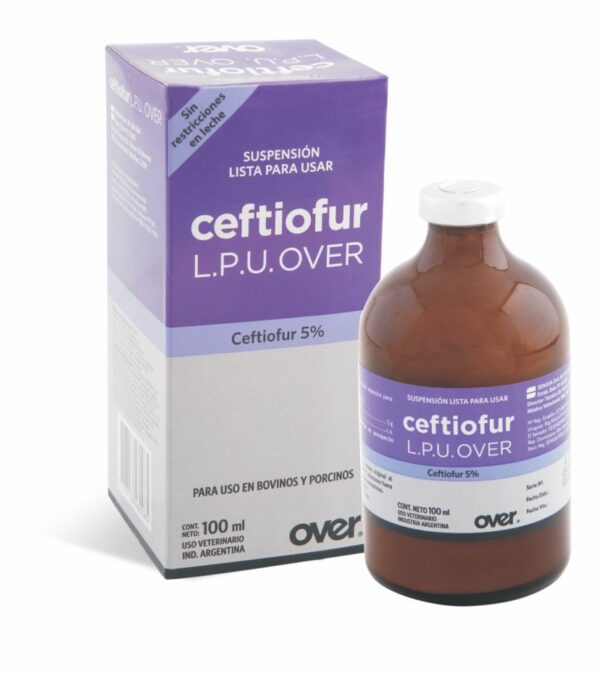

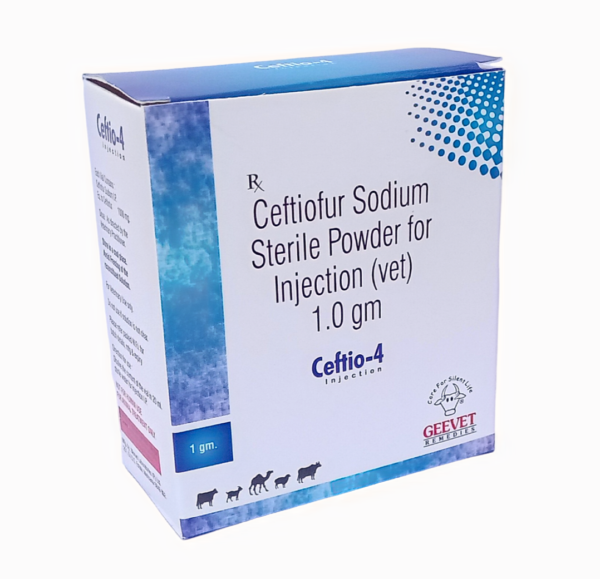

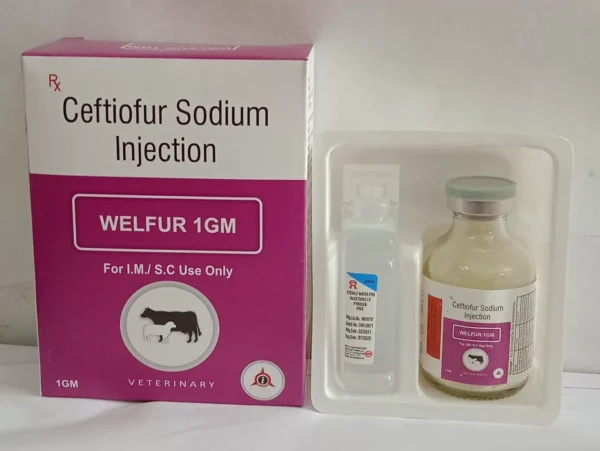





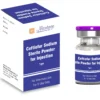


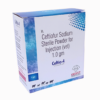

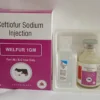






Reviews
There are no reviews yet.